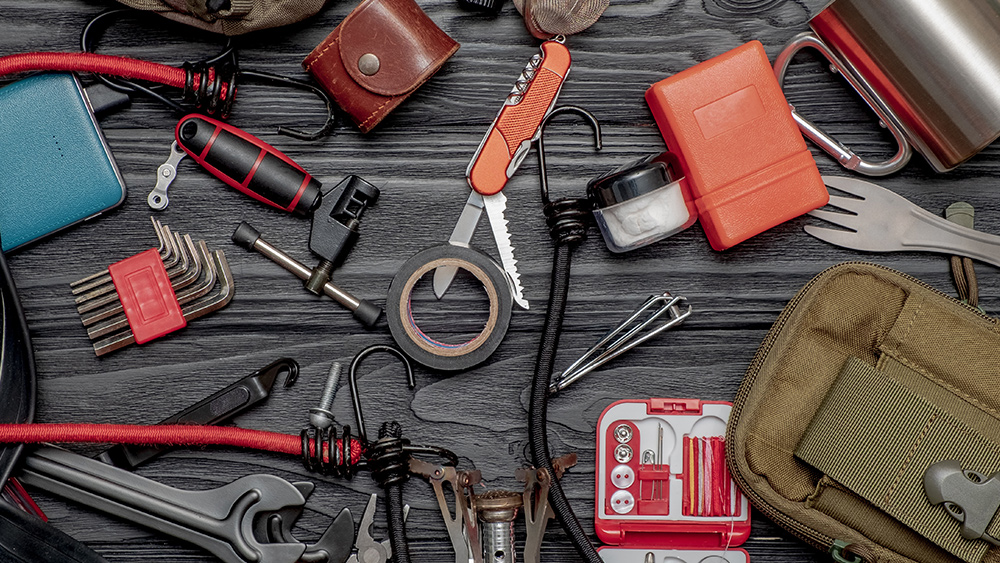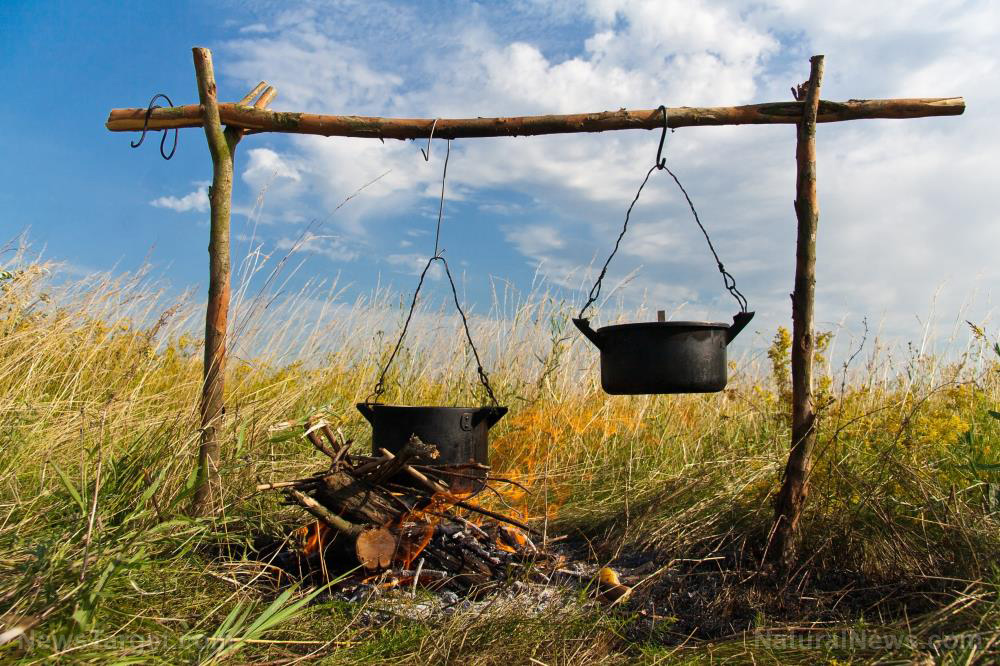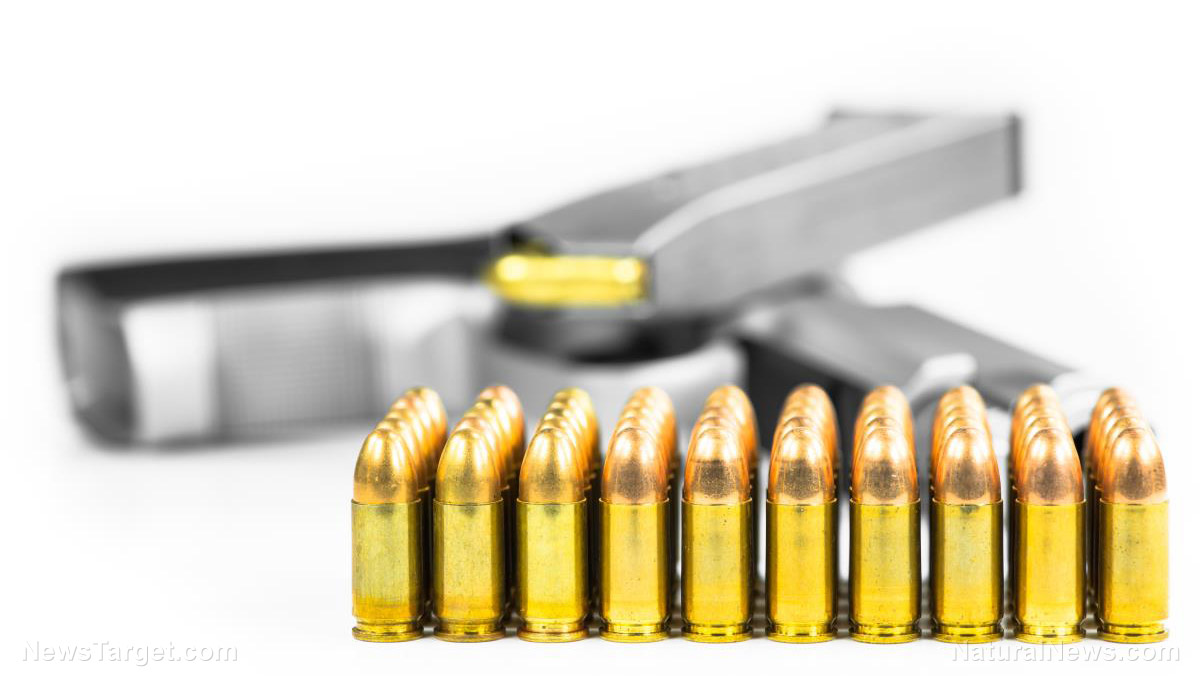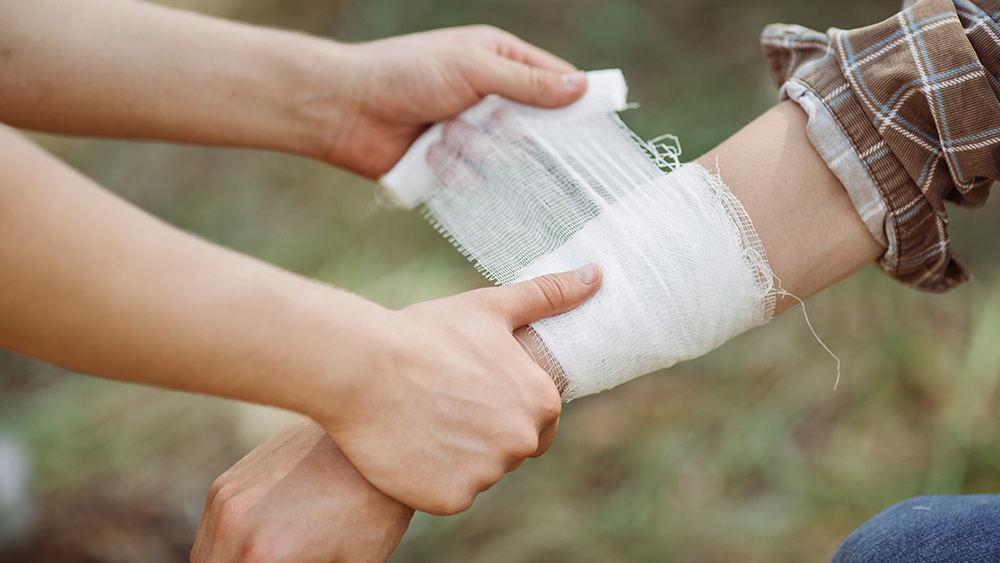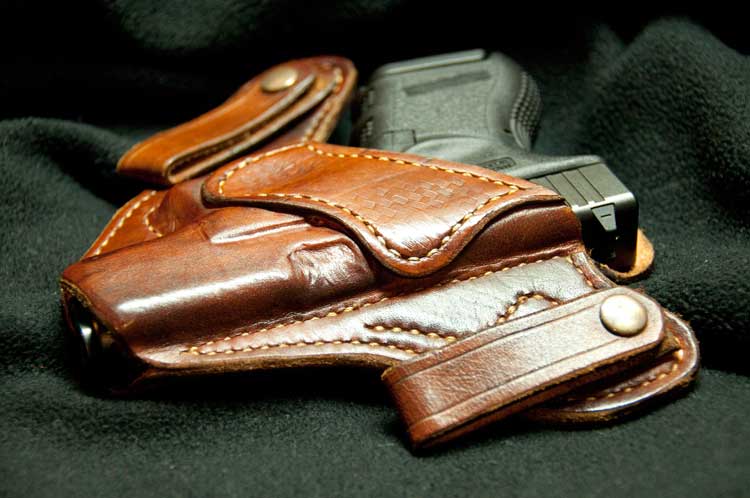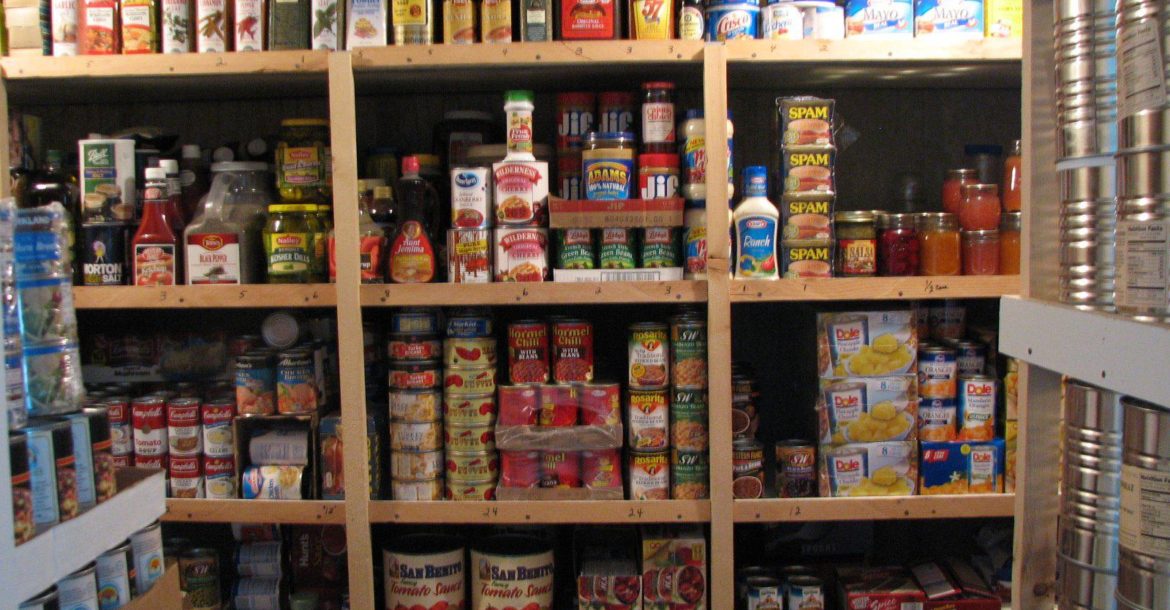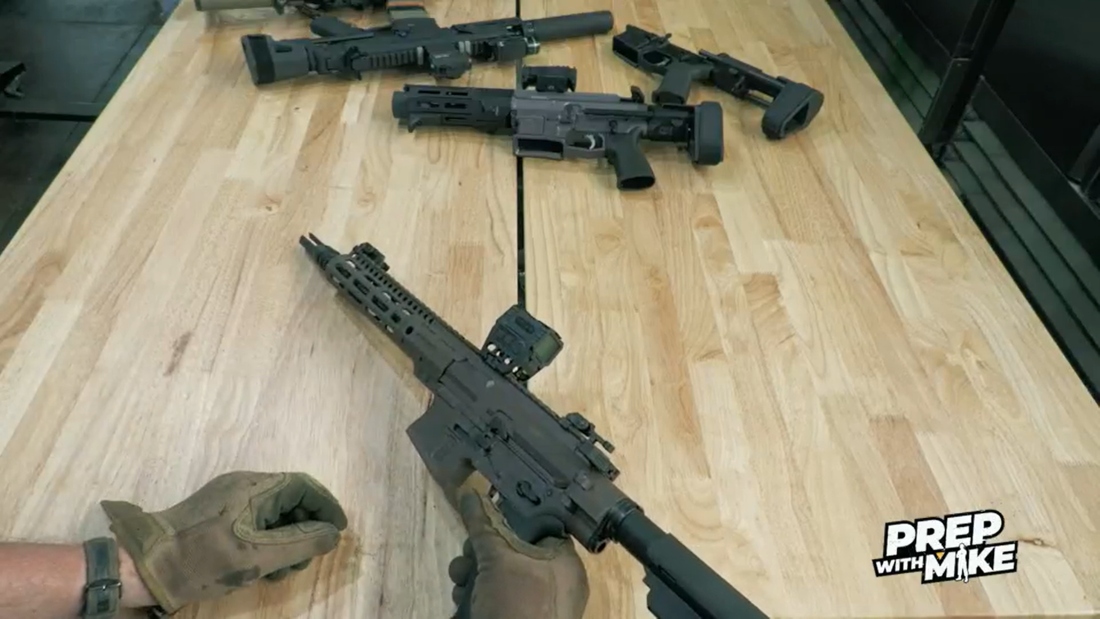How to personalize a survival kit for your individual needs
11/26/2020 / By Virgilio Marin
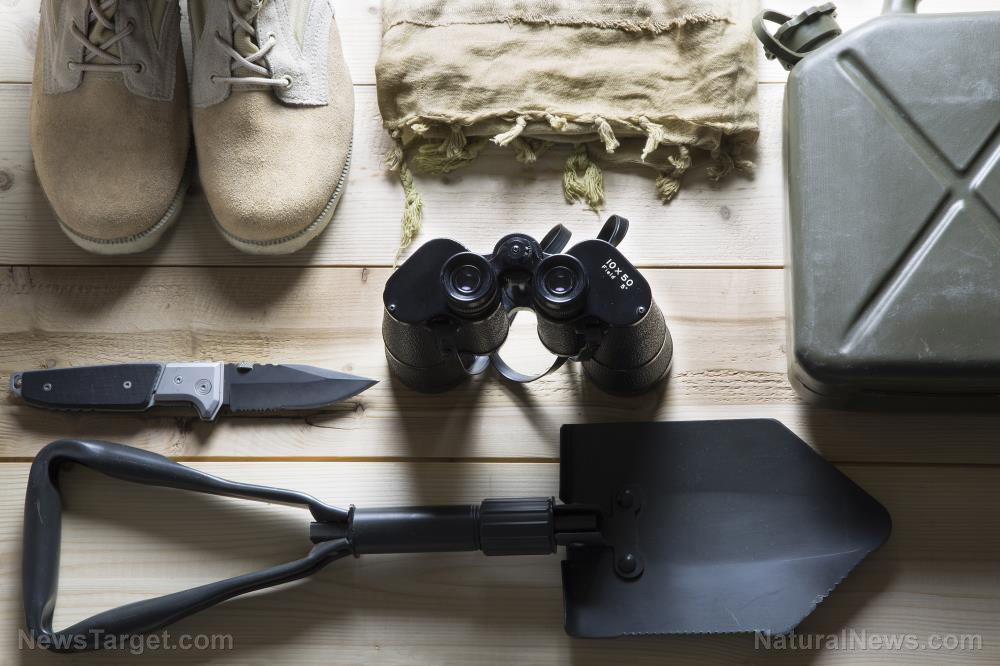
A survival kit differs from one prepper to another. The contents vary depending on your needs and plans, and different situations might even require different kits. When putting together your own survival bag, it’s important to tailor it according to your own requirements. Take a look at the following survival kit guide: (h/t to ModernSurvivalBlog.com)
Determine the purpose of your survival kit
The first step is to define the purpose of your survival kit. Ask yourself why you’re putting together this kit and for what situations this will be used. While it’s obvious that your kit is for survival, there are specific SHTF scenarios that pose different challenges, such as a prolonged power outage in the middle of winter and a resource-bled apocalyptic situation filled with grasping looters. In these instances, you’ll need items like a flashlight, thick and heavy clothing, combustion devices and things for self-defense.
It’s also important to consider factors like your environment, the season and the kinds of people living in your area, especially when heading off to your bug-out location. Your bug-out bag (BOB) should contain items that will address potential hitches along the way and suffice you over the travel period. For example, if you’re going off-grid, there’s a good chance you’ll need a map or a GPS device and enough food to tide you over until reaching your destination. (Related: These important items deserve a place in every bug-out bag.)
You can also keep survival kits in multiple places, such as your bug-out vehicle, common car and vest or pocket. Your kit for these locations should be customized as you may find yourself in different situations depending on where you are. For example, your vehicle BOB should include gloves, blankets, flashlight (with extra batteries), butane lighters, tinder and a compass in case you need to camp out for the night.
Keep in mind that whatever the situation, your kit should satisfy the 5 C’s of survival: cutting tool, combustion device, cover, container and cordage.
Consider your individual needs
The next step is to consider your specific needs. Such requirements are often health-related: If you’re taking any sort of medications, include these items in your kit and be sure to pack enough to suffice you over a given period of time. If traveling with someone dependent on electric medical equipment, find a substitute device that runs on batteries or an alternative that does not need electricity, such as an inhaler for asthma.
Some items may be unique due to your skills, know-how and food tastes, among other things. If you’re a trained marksman, choose firearms that match your skills and pack extra ammo for these guns. Being able to use your weapons of choice is an advantage when SHTF.
When choosing foods to pack, preferences will come into play and determine what goes in your bag. Choose foods that both satisfy your taste and meet your daily nutritional requirements. Survival situations will require stamina and enough energy, so it’s important not to let your wants hold sway.
While there’s no right or wrong in personalizing your survival kit, a few hard and fast rules should be observed: Include essential survival items, such as food, water and first-aid kit, and be sure to pack light in case you need to bug out.
Sources include:
Submit a correction >>
Tagged Under:
bug out, bug out bag, how-to, off grid, personalized survival kit, preparedness, prepper, prepping, SHTF, survival, survival guide, survival kit, survivalist
This article may contain statements that reflect the opinion of the author
RECENT NEWS & ARTICLES
COPYRIGHT © 2017 GEAR.NEWS
All content posted on this site is protected under Free Speech. Gear.news is not responsible for content written by contributing authors. The information on this site is provided for educational and entertainment purposes only. It is not intended as a substitute for professional advice of any kind. Gear.news assumes no responsibility for the use or misuse of this material. All trademarks, registered trademarks and service marks mentioned on this site are the property of their respective owners.


